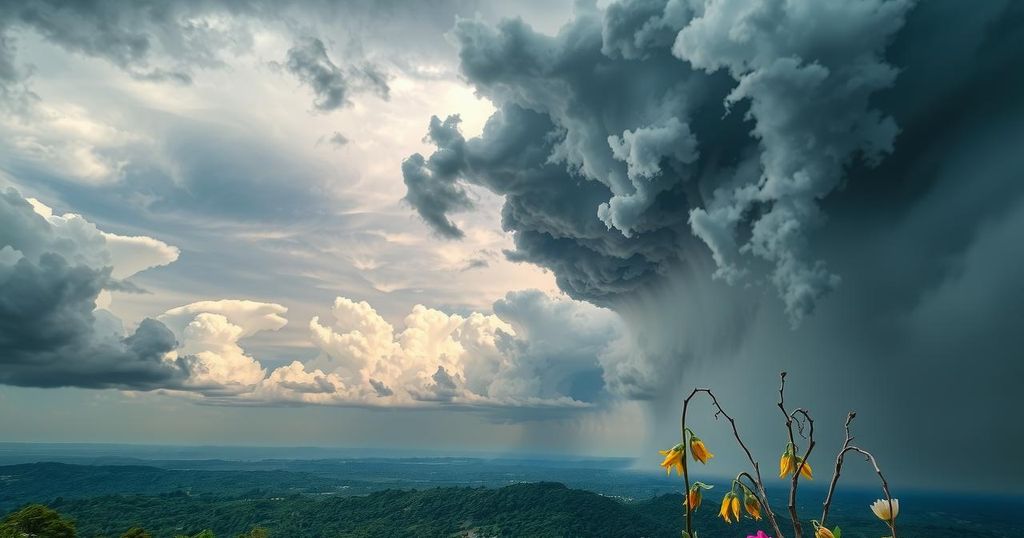Asteroid 2024 YR4: Increased Collision Risk Poses Threat to South Asia

Asteroid 2024 YR4’s probability of colliding with Earth has risen to 2.3%, prompting concern among scientists. If it were to impact, the destruction could exceed that of 500 atomic bombs, with densely populated regions such as India and Pakistan at risk. NASA has begun identifying potential impact zones and monitoring its trajectory as it approaches Earth in 2032.
Asteroid 2024 YR4 has increased in collision probability with Earth, now estimated at 2.3%, up from a previous 1%. Scientists are particularly concerned due to the lack of data on its speed and size, which is speculated to be up to 200 meters in diameter. In preparation for potential impact, NASA has begun to identify possible impact zones to mitigate risks and protect populations.
The severity of the threat posed by 2024 YR4 is alarming, with projections indicating that its impact could unleash energy equivalent to over 500 atomic bombs. The asteroid’s projected path endangers densely populated regions, including India, Pakistan, and Bangladesh, among other countries. David Rankin, a NASA engineer, has outlined a risk corridor that spans from northern South America to sub-Saharan Africa, emphasizing the gravity of the situation if a collision were to occur.
Discovered in December, asteroid 2024 YR4 has garnered significant attention from both NASA and the European Space Agency due to its growing risk. The Torino scale rates this asteroid as a three, categorizing it as one of considerable concern. Scientists are actively monitoring its trajectory, which is predicted to bring it within 106,000 kilometers of Earth on December 22, 2032, with a margin of error of 1.6 million kilometers.
In summary, asteroid 2024 YR4 poses an escalating danger to Earth, with an increasing likelihood of collision and potential for massive destruction. As NASA identifies countries at risk, including India, Pakistan, and Bangladesh, they emphasize the urgency of monitoring this asteroid’s trajectory. Preparedness efforts to mitigate the consequences are crucial, given the asteroid’s destructive potential. The scientific community continues to pursue further understanding of this celestial body as they explore contingency plans should its path bring it toward Earth.
Original Source: www.india.com







